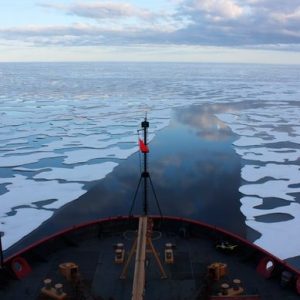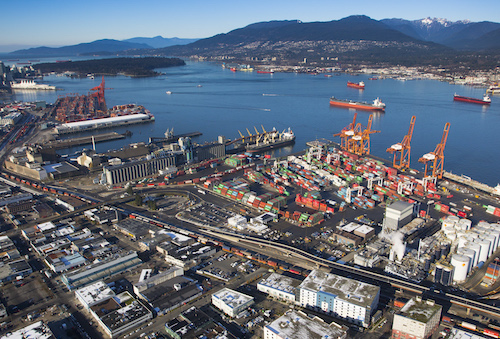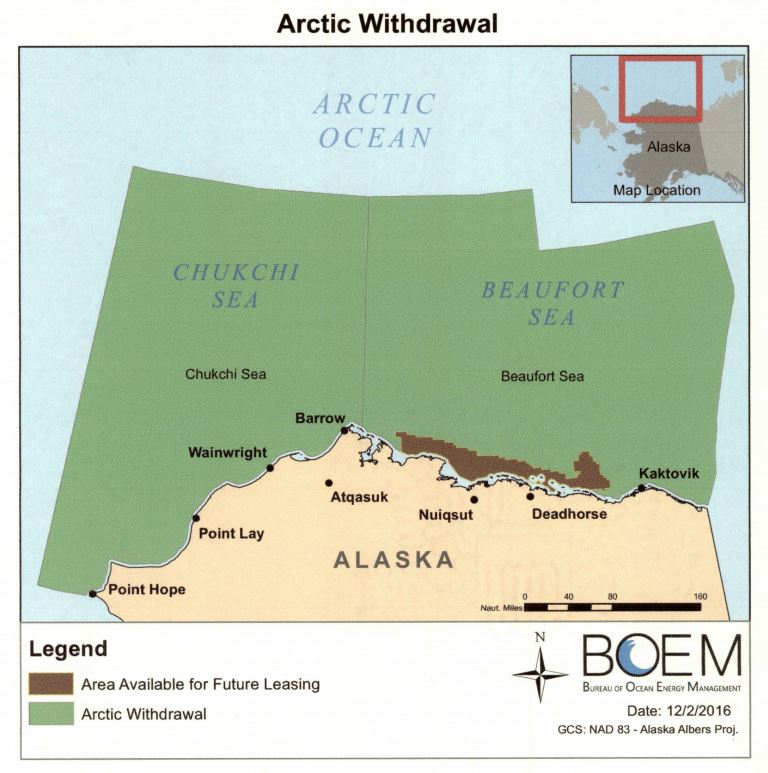Warming spurs new 400km undersea sound channel in Arctic
News, Ocean, Science, Shipping, Sonar Comments Off on Warming spurs new 400km undersea sound channel in Arctic In yet another unforeseen consequence of global warming, scientists have begun charting the extent of a new underwater sound channel in the Beaufort Sea north of Alaska. As recently as the 1970’s, the water here was coldest just below the ice, but in recent decades two warmer layers have developed, one in the first 50 meters of water, and the second at around 200 meters deep. Since sound in water tends toward the coldest layers, it used to be dissipated by the rough bottom side of the ice, but now it’s reflected between the warm layers and travels much farther. Research in 2014 and 2016 documented sound transmission across 400 kilometers (250 miles), four times farther than before the emergence of this channel, dubbed the Beaufort Lens.
In yet another unforeseen consequence of global warming, scientists have begun charting the extent of a new underwater sound channel in the Beaufort Sea north of Alaska. As recently as the 1970’s, the water here was coldest just below the ice, but in recent decades two warmer layers have developed, one in the first 50 meters of water, and the second at around 200 meters deep. Since sound in water tends toward the coldest layers, it used to be dissipated by the rough bottom side of the ice, but now it’s reflected between the warm layers and travels much farther. Research in 2014 and 2016 documented sound transmission across 400 kilometers (250 miles), four times farther than before the emergence of this channel, dubbed the Beaufort Lens.
The near-surface has been warmed by an increased flow of meltwater from rivers and by larger ice-free areas exposed to the sun; this slightly warmer surface water has long been present in summer, but used to disappear in winter. Meanwhile, warmer waters entering the Beaufort from the North Pacific through the Bering Strait (and perhaps even from the Atlantic, through northern Canada) have contributed to the growth of the deeper warm layer. As is the case for most ocean noise research, the US Navy is a key funder; they’re interested in how increased noise transmission might “dramatically impact the effectiveness of sonar operations.”
The full extent of the Beaufort Lens sound channel is not yet known; further research is planned in the spring of 2018. The area affected is likely to vary with annual changes in the influx of warmer waters and to expand over time as longer-term climate change progresses. Increased shipping traffic is projected to be a major factor in rising ocean noise levels in the Arctic over the coming decades; oil and gas exploration could add to the din if the offshore oil industry rethinks its abandonment of these waters in recent years. In addition, general background noise in some areas could also increase thanks to longer-range transmission of whale calls, which have always been one of the primary sources of ambient sound in these waters.


